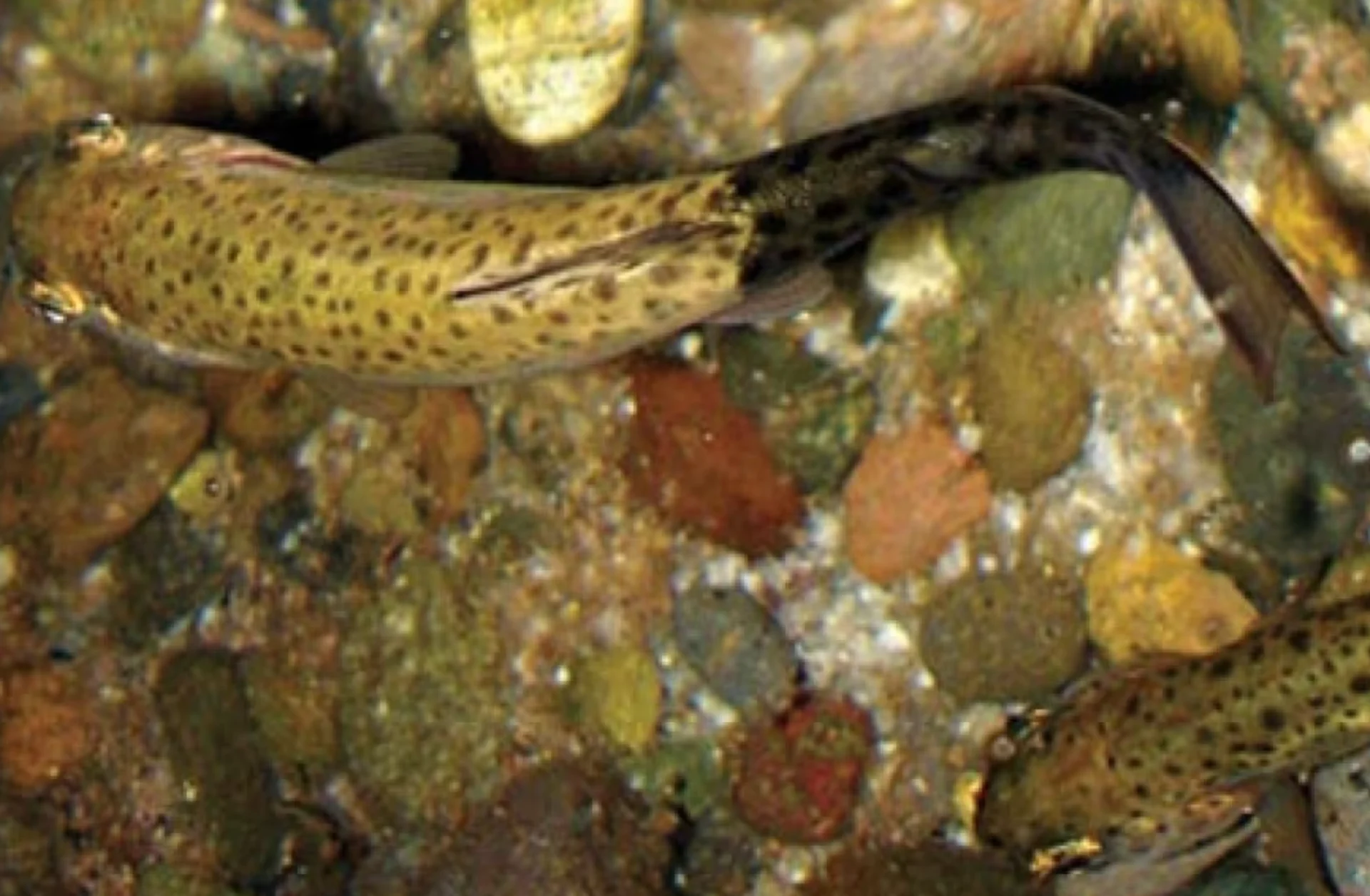
Parks Canada announces long-term water closures due to invasive parasite
The invasive parasite is hard to treat, so officials have opted to take preventative measures to stop the spread.
Parks Canada has announced closures and restrictions in British Columbia's Kootenay and Yoho national parks and Alberta's Waterton Lakes National Park to combat the spread of invasive species.
The widespread measures are in response to the discovery of the deadly whirling disease parasite in fish, and represent an extension and expansion of measures first implemented in October 2023.
All water bodies in Kootenay and Yoho national parks and waterways in eastern British Columbia will be closed for at least a year, meaning visitors will not be able to boat or fish in the area.
Concurrently, non-motorized watercraft outside park boundaries will not be allowed into Waterton Lakes National Park in southern Alberta.
Speaking with the Canadian Press Locke Marshall, the Waterton Lakes National Park superintendent, said fishing would also be banned in the park's flowing waters but permitted under current regulations in park lakes.
What is whirling disease?
Whirling disease is a parasitic infection that poses a big threat to Canadian wildlife. Currently, there are no treatment options and young fish infected with it face a mortality rate of 90 per cent.
It is caused by the microscopic organism Myxobolus cerebralis, which primarily affects salmonid fish species like trout and salmon. The parasite's life cycle involves two hosts: a tubificid worm (an aquatic worm) and a salmonid fish.
Its spores are released into the water by infected fish, where they are ingested by tubificid worms. Inside the worm, the spores develop into a stage called triactinomyxon, which is released into the water, where it can infect young salmonid fish.
Once infected, the parasite attacks the cartilage and skeletal tissues of the fish, causing skeletal deformities, including a characteristic "whirling" behaviour, from which the disease gets its name. The disease impairs the fish's ability to swim, feed, and evade predators.
Once fish die, spores remain in the water and contaminate the sediment.
The exact origin of whirling disease in Canadian waters is not definitively known, but it may have been introduced through the importation of infected fish or contaminated equipment.
The first known case in Canada was detected in Johnson Lake, in Banff National Park, Alberta, in August 2016.
Once established, whirling disease can be challenging to eradicate due to the lack of effective treatments.
Instead, officials opt for preventative strategies, like the closures and restrictions currently in place.
Header image: File photo (CBC/Oregon State University)











